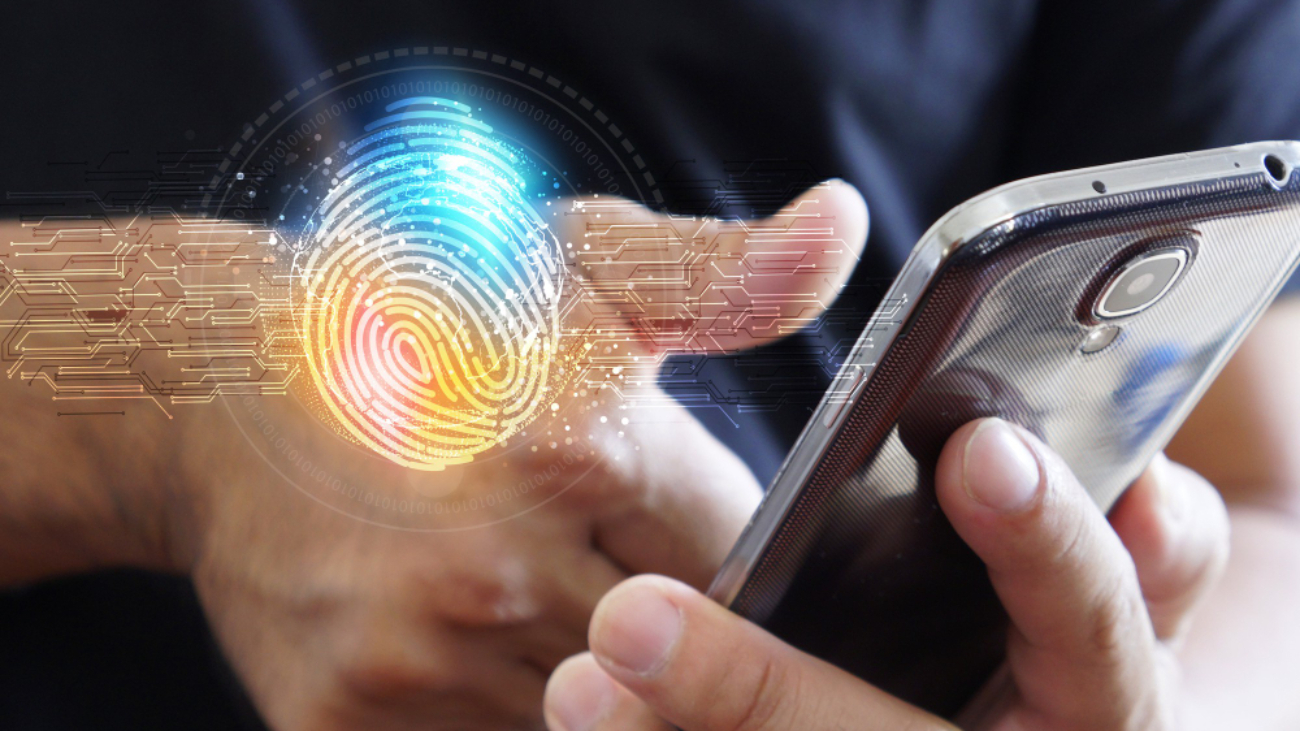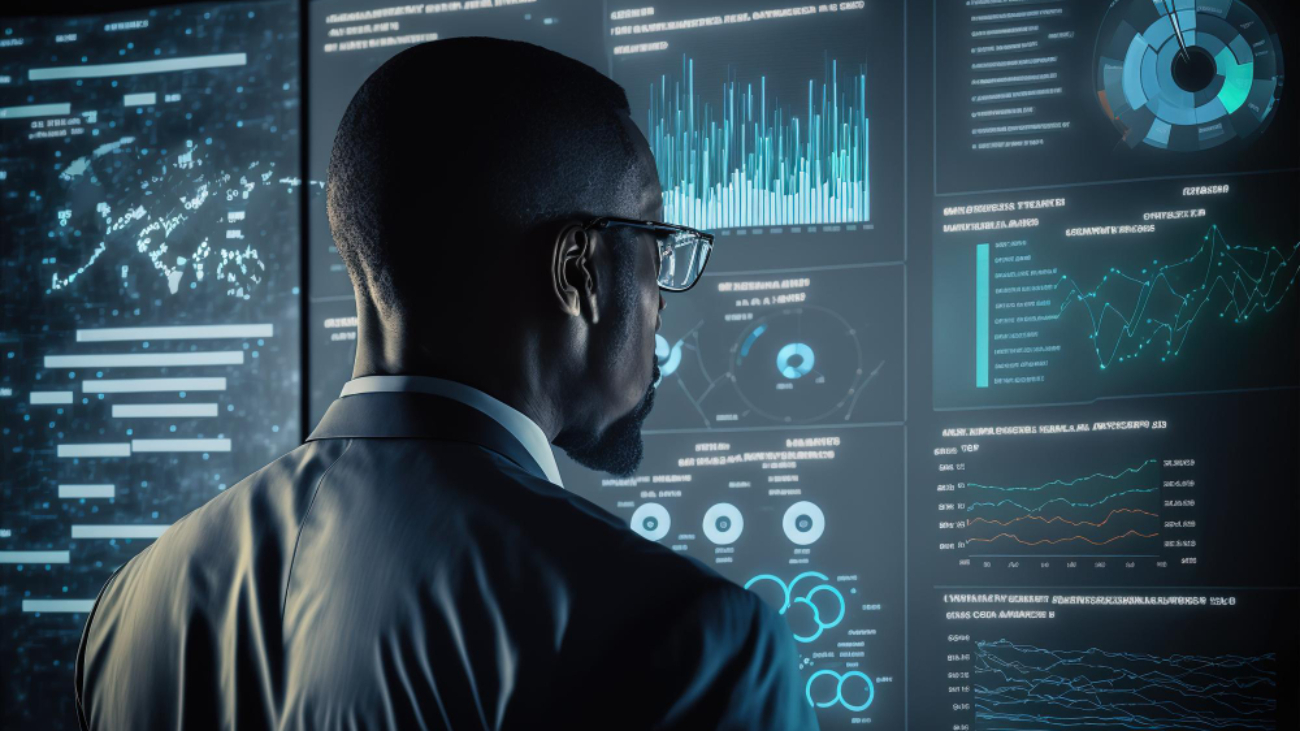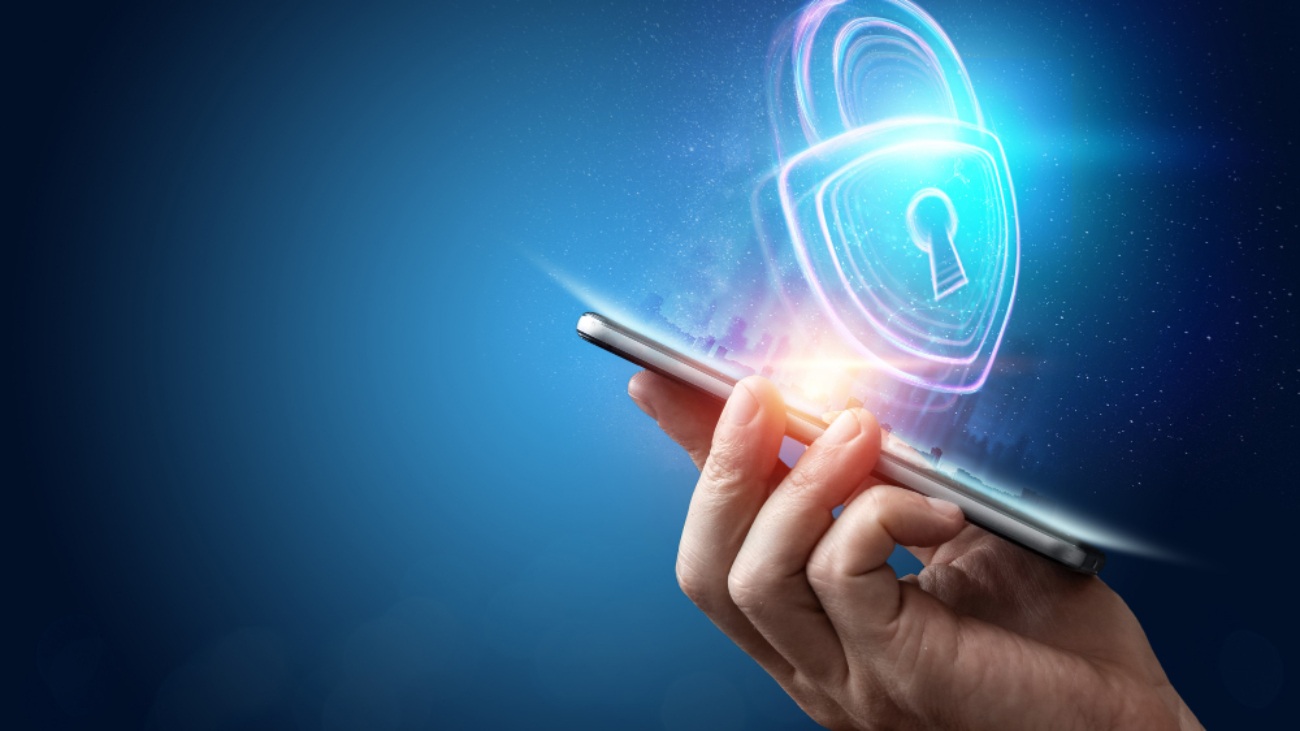Biometric patterns are the most secure way of identifying people exclaimed Bahaa Abdul Hadi. This explains why biometrics has become a universal standard for authentication and access control. Biometric patterns can be created based on physical and behavioral traits of individuals. Innovations in technology has ensured biometrics is fool-proof and highly secure. We look at how biometrics has evolved over time.
The Evolution of Biometrics
The most popular biometric pattern is the fingerprint. There are records of fingerprints being used as early as 500 BCE in Babylon. Chinese merchants began using fingerprints to identify people in the 14th century. It was in the early 19th century that biometrics evolved as a system. Sir William Herschel was the first to capture fingerprints and classify them. Soon, various others contributed with classification system that could help identify people accurately.
Since then, biometrics use has increased with iris recognition, facial pattern recognition, and voice recognition being used as biometric patterns. The following is a brief timeline that explains how the modern biometrics system evolved from fingerprints:
- In 1969, the FBI started work on automation of fingerprint identification. It created scanners to record fingerprints for accurate identification.
- The evolution of computing made fingerprint identification systems robust.
- In the 1990s face recognition algorithms were developed, and facial recognition began to be used.
- Modern biometric systems took off during the 2000s. Apart from fingerprint and facial recognition, iris recognition began to be used.
- In 2001, a facial recognition system was installed during the Super Bowl in Florida to help identify wanted people. It was a major security innovation.
- Voice recognition as a biometric technology started in 2008.
- In 2010, the Indian government began to use biometrics to record citizen data and issue a national identity card known as Aadhar.
- In the early 2010s, biometrics was used in airports for security making it a standard for use worldwide.
- Apple was the first to use biometrics in mobile phones. Soon, it began to be used on all smartphones with the introduction of sensor for fingerprint recognition.
- Biometrics is now completely fool-proof thanks to the use of Artificial intelligence and innovations like liveness detection.
Conclusion
From the early 19th century to date, biometrics has come a long way. It is today a globally used standard for security. The many innovations and the use of technology is what has led to its popularity. Its acceptance will increase in the years to come helping in making security systems more robust and reliable.
Thank you for your interest in Bahaa Abdul Hadi blogs. For more information, please visit us at www.bahaaabdulhadi.com







